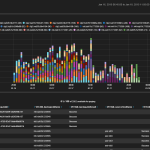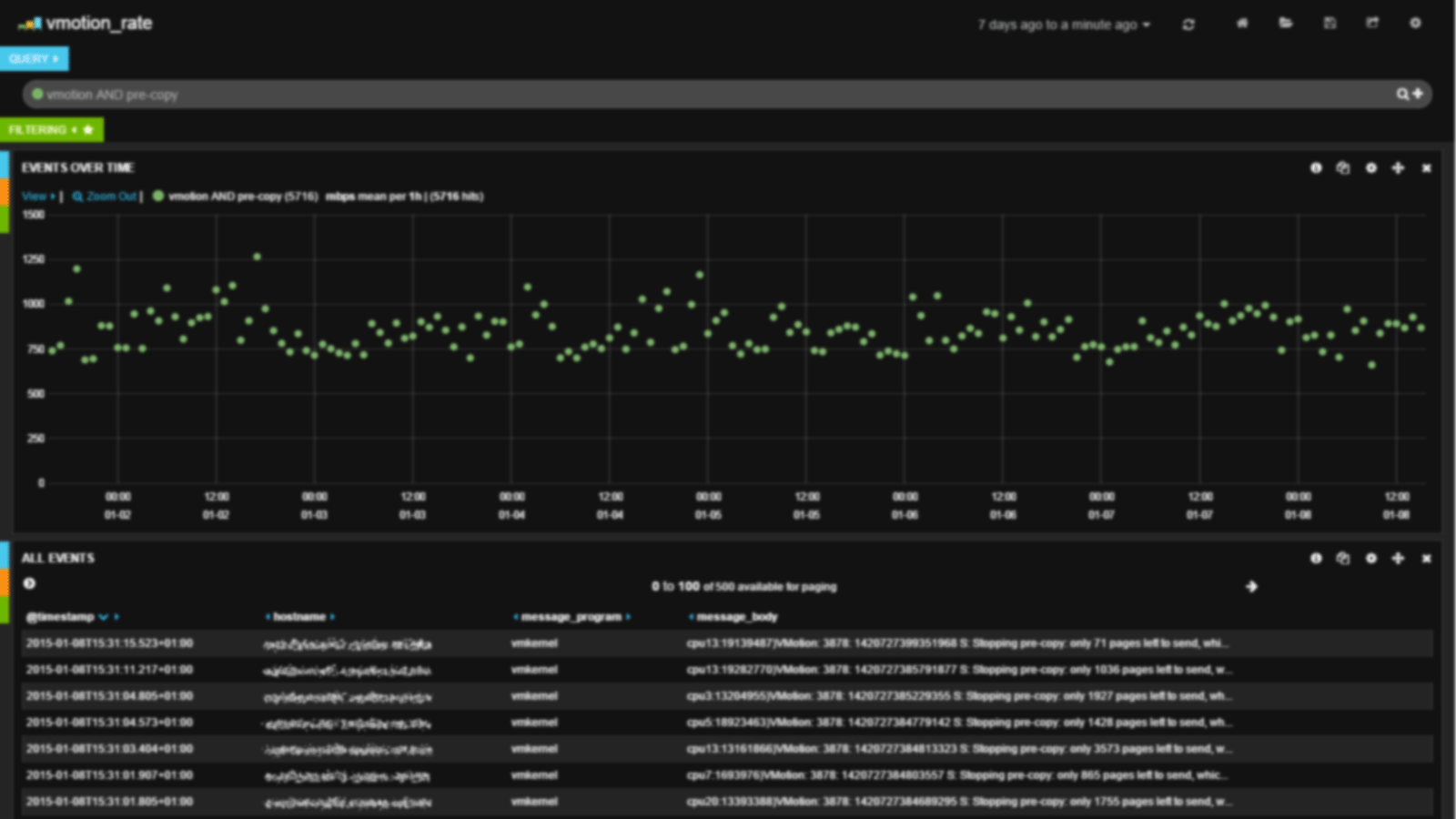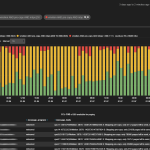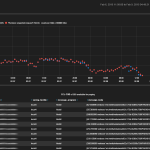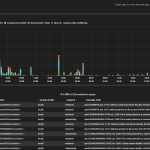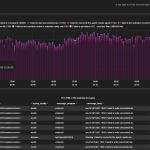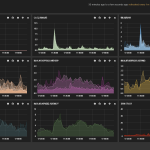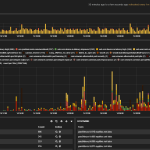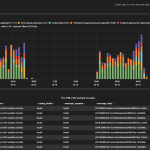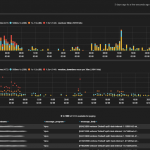The VeeamBR dashboard template is based on SNMP traps that you can configure from the Veeam Backup console. On every VM/job event, a trap is sent to SexiLog and parsed by logstash. . . Based on job names, the VeeamBR dashboard helps you visualize jobs progression over time: . Read more →
